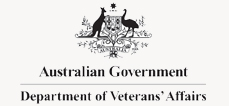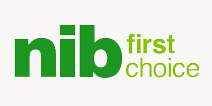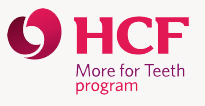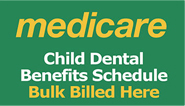- New Patient Special for $150
- Terms and Conditions Apply
- Learn More!

Indigenous Australians face multifaceted health challenges, with dental health being a prominent issue. Systemic socioeconomic disparities, limited access to dental care and cultural barriers contribute to the persistence of common indigenous dental health issues. This article seeks to delve into these health problems, presenting an overview of indigenous dental health schemes and plans crafted to address these issues.
Oral health issues are prevalent in indigenous communities, often traced back to the disparities in socioeconomic and environmental factors that affect their health. A study published in the Australian Dental Journal reveals that indigenous Australians have considerably higher incidences of dental caries (cavities) and periodontal (gum) disease. These disorders not only result in discomfort and difficulty in eating but also lead to other systemic health problems, contributing to the health gap between indigenous and non-indigenous Australians.
Interestingly, mild dental health issues such as tooth decay are also increasingly prevalent among indigenous Australians. With routine exposure to sugary diets and lack of access to fluoridated water, they face higher risks of dental caries than their non-indigenous counterparts.
Addressing indigenous dental health problems is a challenging task requiring methodically planned schemes sensitive to socio-cultural aspects. Over the years, Australia has made significant strides in this domain through various indigenous dental health schemes. The Indigenous Chronic Disease Package (ICDP), for example, prioritise indigenous dental health by enhancing access to oral health therapists and dental specialists in remote areas. By declaring oral health a fundamental component of comprehensive primary health care, these schemes attempt to address the embedded issues contributing to common indigenous dental health problems.
Various community-led interventions have been launched to promote oral hygiene and preventive health behaviors in indigenous communities. Fluoride varnish programs, as part of the “Lift the Lip” initiative, aim at preventing tooth decay in children, demonstrating a conscious effort to reduce mild dental health problems in these communities.
A key aspect of bettering health outcomes for indigenous communities is evolving indigenous dental health plans. These plans aim to bridge the significant disparities by increasing the availability, accessibility and quality of dental services for indigenous Australians.
Newer plans involve reorienting dental services through a culturally sensitive approach. They account for the regional variation in indigenous communities and, thus, aim at localised problem-solving. What stands out is the goal to foster relationships of trust and understanding with indigenous communities.
By adopting a preventive and early intervention approach, such plans aim at significantly reducing incidents of mild and severe dental health problems. They seek to curtail disease progression by targeting at-risk groups and attending to early symptoms.
Indigenous dental health is a complex issue intertwined with geographical, economic and systemic barriers plaguing indigenous communities. Despite unprecedented strides in health services, the gap in dental health persists. Therefore, it warrants collaborative and consistent effort across all sectors of society.
Dental health schemes and plans are instrumental in defining the course of action for better indigenous dental health outcomes. They serve as blueprints to focus resources, reinforce initiatives and assess the impact of community-based interventions. As we strive towards diminishing the health disparities that exist, the importance of inclusively designed and progressively refined indigenous dental health schemes and plans cannot be understated. The goal is clear – achieving equitable dental health for all Australians.






Fill in the form and our friendly team will be in touch with you monumentarily
Sed ut perspiciatis unde omnis iste natus error sit voluptatem accusantium dolor emquesit voluptatem laudantiu.
Dr Jacky is extremely knowledgeable around teeth and gum health ! Extremely professional and makes you feel comfortable and makes you laugh . Lauren, the dental nurse, is also all above! I'm so happy ... Read More
Highly recommended Dr.Jacky. He is very caring and skillful during the filling process since I have been very nervous with “dentist”. After the work done and the next day I don’t feel any pain o... Read More
I have been going here for several years and so now does my family of all ages. We all use the different dentists and are all happy. I use Dr Jacky who is very professional, honest, caring and most ... Read More
BEST DENTIST IN BRISBANE! Had two fillings today, Dr Jacky is so attention to detail , very kind and generous! Will definitely look after my teeth 🦷 🦷
Simply the best and most comfortable procedures I’ve ever had. I always feel welcome and relaxed in the hands of Bryce and Lauren in this cooly designed , simple yet highly professional clinic. Alwa... Read More
